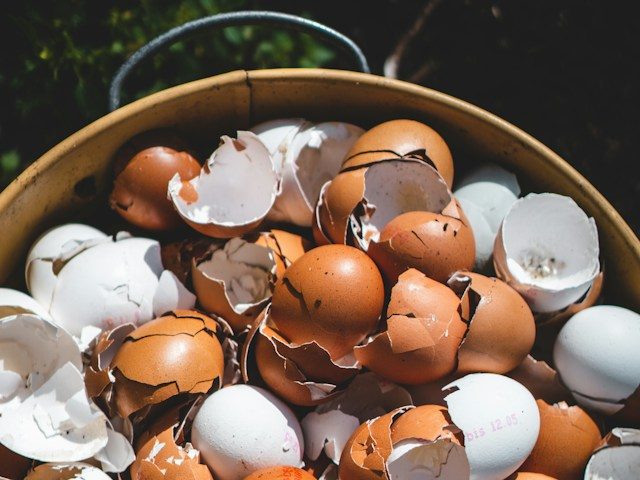
In a lot of plant care and propagation guides, nodes play a pretty prominent role. But what exactly is a node on a plant? Why are nodes important? And how do I even identify them? Well, luckily these are all questions that we will be covering in this article.
What is a node on a houseplant?
Before we get into it, it’s pretty important to note that the nodes we are talking about are the ones on houseplants and not in the computer science context. On houseplants, nodes are points on a plant’s stem where a leaf or a branch grows out from. Nodes are vital to your plant’s growth and development because this is where the meristematic tissue is found. This tissue aids the growth of new cells (which form leaves, branches and the roots of your plant).
The function of nodes on a houseplant
Nodes are responsible for plant growth and are needed to form new leaves and stems. Because of this, when you propagate your plant, you will need the cutting to contain at least one node. Without it, there will be no new growth as this is where the new roots and the new stems will form from.
For most plants, we tend to recommend including at least two or three nodes in the cutting rather than just one. This helps with overall root growth and increases your chances of a successful propagation.
There are a few exceptions to this as some plants do allow you to propagate them using just a single leaf. This is because some plants have adventitious buds which means that new growth can grow from individual leaves.
But it’s not just for propagation where nodes are important to consider. When pruning your plant, cutting just above the node will encourage new growth to develop from that uppermost node. With a lot of houseplants, you’ll find that cutting in one place actually leads to two new stems or branches forming from the node. This can be a great way to increase the bushyness of your plant and gives you more control when shaping it.
How to identify nodes on a houseplant
Bumps in the stem
Most of the time you will find that the section of stem that contains the node is slightly larger than the rest. If you run your finger along the stem, you can usually feel a pattern of nodes. There may also be some scarring on the plant’s stem where the nodes are.
Aerial roots
Some plants will actually grow aerial roots from their nodes. Monstera plants are the best example of this as they can grow aerial roots that will actually reach the soil.
Aerial roots are a little bit different to the normal root system of a plant. When in their native environment, they will often attach themselves to a tree or another plant as a way to support themselves. Aerial roots also help them absorb moisture and nutrients from the air.
Stem joints
Another way of locating nodes across your houseplants is by looking for stem joints. This is where leaves or other stems are coming off a stem.
At the base of the plant
There are also a lot of plants that only have nodes at the base, such as Spider Plants. In order to propagate a Spider Plant, you’ll need to propagate one of the babies or divide the base of the plant in two. Calathea plants are also like this meaning the only way to propagate them is through division!
Hopefully, this overview of nodes and their function on houseplants has been useful for you. Nodes are really important to take into account when you are propagating and pruning your plants.
Without them, you won’t have much success multiplying your plants! Do note though that you will find nodes in different places on all houseplant types so make sure to know the location for each of your plants so that when it comes to propagating or pruning, you know what to do!














